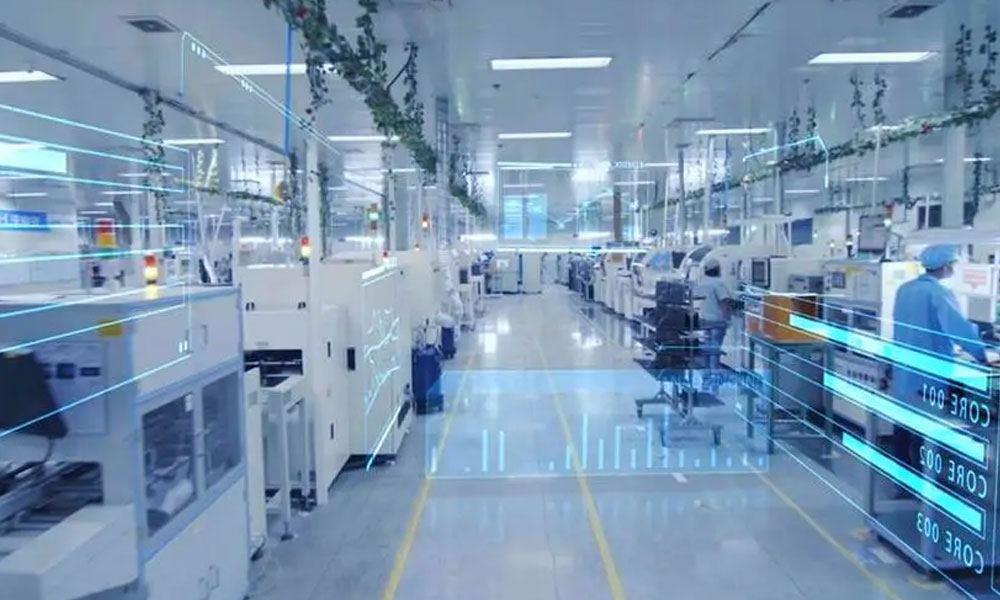Lithium bromide used indirect applications in the industry, particularly in the context of environmental control and research and development.Here’s an overview of how lithium bromide can be utilized in the electronics industry:
1. Humidity Control
Purpose: Electronic components and devices are often sensitive to humidity, which can cause corrosion and affect performance. Lithium bromide can be used in desiccant systems to control humidity in the manufacturing environment.
Application:
- Manufacturing Facilities: Lithium bromide can be used in desiccant systems to maintain a dry atmosphere in clean rooms and manufacturing areas where sensitive electronic components are handled or assembled.
- Storage Areas: It can also be used to control humidity in storage areas to protect electronic components and finished products from moisture damage.
2. Research and Development
Purpose: Lithium bromide can be used in research and development for the electronics industry, particularly in the exploration of new materials and technologies.
Application:
- Material Synthesis: Lithium bromide can be used in the synthesis of new materials that might be useful in electronic components, such as improved semiconductor materials or composite materials.
- Simulation and Testing: It can be used in laboratory settings to simulate and test various environmental conditions that electronic devices might encounter, aiding in the development of more robust and efficient systems.
3. Battery Technology
Purpose: While lithium bromide is not a standard component in batteries, it can be explored in the development of solid-state electrolytes and other components.
Application:
- Solid-State Electrolytes: Researchers may investigate the use of lithium bromide in the development of solid-state electrolytes that offer improved safety and energy density over conventional liquid electrolytes.
- Electrode Materials: Lithium bromide might be involved in the synthesis of new electrode materials that enhance battery performance.
4. Waste Heat Recovery
Purpose: Lithium bromide can be used in waste heat recovery systems that capture and reuse the heat generated by electronic devices and components.
Application:
- Thermoelectric Generators: Lithium bromide-based thermoelectric generators can convert waste heat into usable electrical power, improving the overall efficiency of electronic devices.
- Cooling Systems: In some cases, lithium bromide absorption chillers can be used to cool electronic components and recover the waste heat for reuse.
Case Study: Lithium Bromide in Electronics Manufacturing
Scenario: An electronics manufacturer wants to ensure that its manufacturing facility maintains a controlled environment to prevent moisture-related issues with its sensitive electronic components.
Implementation:
- Desiccant System Design: A desiccant system is designed using lithium bromide to maintain a dry atmosphere in the manufacturing area.
- Integration: The system is integrated with the existing HVAC system to ensure uniform humidity control throughout the facility.
- Monitoring: Advanced controls are installed to monitor and adjust the humidity levels based on real-time data.
Benefits:
- Quality Assurance: The controlled environment helps in maintaining the quality of electronic components by preventing corrosion and other moisture-related issues.
- Cost Savings: Reduced failure rates and rework due to moisture damage lead to significant cost savings.
- Production Efficiency: Improved production efficiency due to fewer interruptions and better product yields.
Conclusion
While lithium bromide is not a primary material used in the direct manufacture of electronic components, it plays a vital role in supporting technologies that enhance the performance, efficiency, and longevity of electronic devices. Through its use in humidity control, research and development, battery technology, and waste heat recovery, lithium bromide contributes to the advancement of the electronics industry.
Contact us today to start optimising your data centre cooling system.









